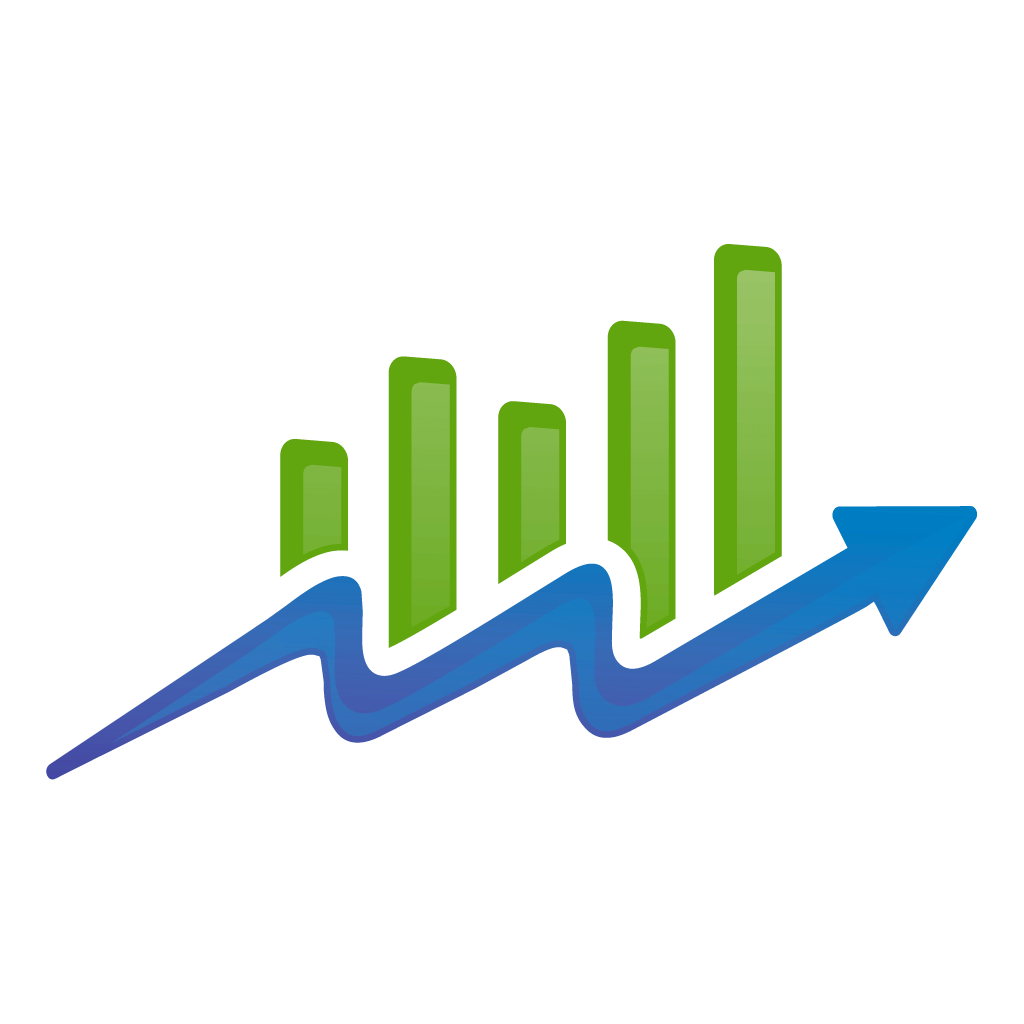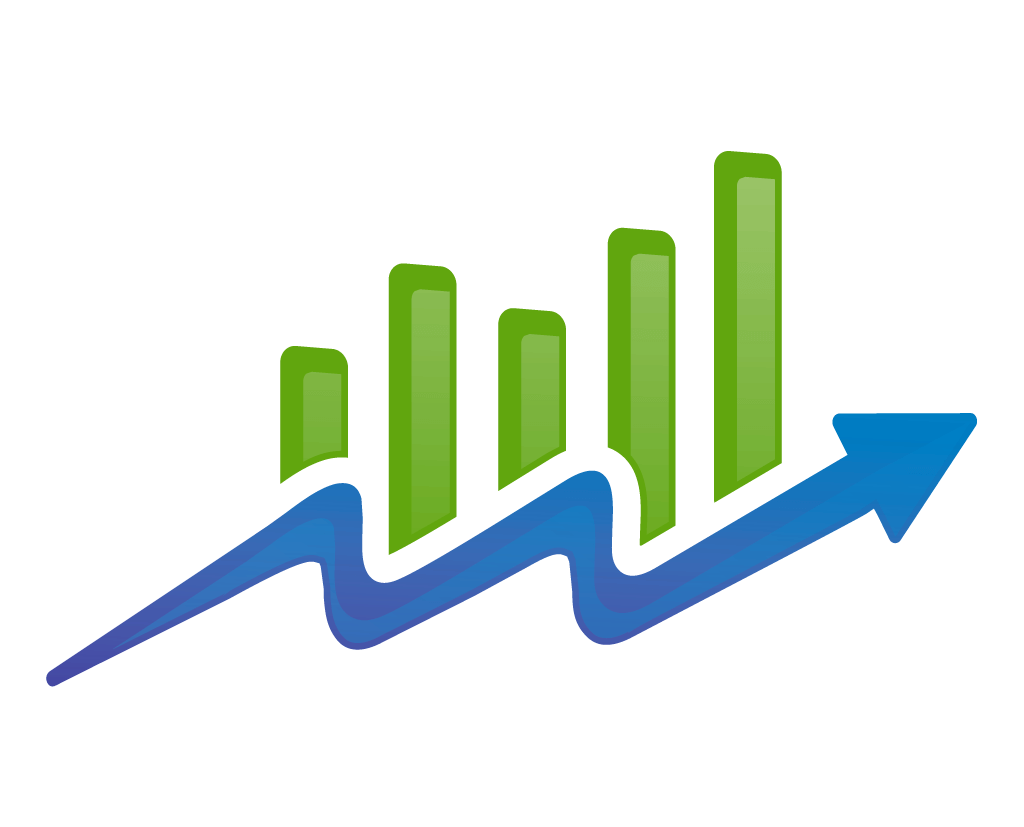Your keyword research will have uncovered a number of keywords and key phrases, which you will be interested in targeting to optimize traffic generation from search engines. The difficult questions are whether you should be targeting multiple keywords on one page (typically the home page), or whether you should be diluting the same keyword across multiple pages of the site. In addition, should you be aiming for similar keywords and phrases within the same page or should you be splitting them up as well?
The bottom line is to maximize sales conversions using multiple keywords and phrases.
Using Multiple Keywords and Phrases
As already noted – how many keywords should you use on a web page (all of them, one per page) and how do you address similar key phrases?
RankPay’s answer is this checklist:
Group Your Keywords and Phrases by Association
We’ll use cars as an example to demonstrate the principles involved here. A car dealer in Los Angeles is selling a range of car marques – say, Chevrolet, Chrysler, Lincoln and Dodge.
To this end they have amassed keywords and phrases they are interested in targeting:
Car Dealer LA LA Car Dealer Car Dealer in LA
Chevrolet Cars Chevy Truck Chevy Automobile
Chrysler Voyager Chrysler Minivan Chrysler People Carrier
Lincoln Continental Lincoln Luxury Car Lincoln Automobiles
Dodge Truck Dodge Van Dodge Polara
As you can see, we have already sorted the keywords by association on a line-by-line basis – generic car dealer phrases; Chevrolet phrases and so on.
Focus on Surfer Intent and Not Search Engine Rank
The next step is to determine which key phrases serve the intention of the surfer – by this we mean using those key phrases which are directly aligned with what the surfer is looking for.
Using Dodge as an example; using all three key phrases may increase search engine ranking for “Dodge” but this will only dilute the efforts to attract and serve potential customers looking for a car and not a truck – in this instance, to serve the intent of a car buyer, the key phrase which should be used is “Dodge Polara”.
This will have a dramatic effect on conversion rates – ranking first for Dodge may be great but what if your conversion rate is 0.1%? Ranking 20th for “Dodge Polara” would be better if the conversion rate increases to 2% because you are more focused on what the surfer is looking for, i.e. a car not a truck!
Base the Site Hierachy Around the Keywords and Build Good Internal Linkage
If you are designing a website from scratch, this is obviously easier to do but not so simple when you already have an established website.
It makes a lot of sense to create a simple hierarchy for potential buyers to go through and quickly find the relevant part of your website which has what they are interested in.
In our car example, it makes sense for the following to be included on the home page:
Home Page
Car Dealer LA
Chevrolet
Ford
Lincoln
Dodge
The last four brands will then have a sub-page:
Dodge
Dodge Truck
Dodge Van
Dodge Polara
…and finally, you will create tertiary pages for each – Dodge Truck; Dodge Van and Dodge Polara.
If you already have a website, you may not be able to readily change the site hierarchy, but you can make site navigation easy using good internal links.
The idea is that each page is targeted to the potential customer’s intentions – in practice, this means placing the higher volume keywords and phrases on the home page, and then using good internal linkage using appropriate anchor text. This will allow the surfer to move to the specific web page they are interested in very quickly and easily, and this is also where you will be using the stable of key phrases in greater variety.
Using Similar Key Phrases
We’ve dealt with the situation where you have multiple keywords and phrases, buy how do you deal with similar phrases?
With our LA car dealer – are we going to use “LA car dealer”; “car dealer LA” or “Car Dealer in LA”?
The phrases are similar, but which should we focus on?
Google Adwords provides a simple tool for establishing the relative importance of keyword phrases – Traffic Estimator – this provides data on the search volumes for different keywords and phrases. Traffic Estimator also gives you a range for what advertisers are paying to use these terms in their Adwords campaigns. This may not be perfect but, it does provide an indication as to which terms are more valuable for your purposes.
Inputting our car dealer’s terms will tell us which we should be focusing on, but we can also use some intuition. “LA car dealer” is more likely to be searched on compared to “car dealer LA” – it flows better and without checking it, it feels “right”. A search term such as “car LA dealer” is unlikely to rank very highly against any of our chosen terms.
Now we have determined which on the higher volume search phrases, we should concentrate our on-site optimization on those phrases. This will involve using the search phrase in the url; in the meta data; titles and content several times, but it is important to remember that human beings need to see the page making sense to them too!
Using “car dealer LA” in your content may be difficult to do and still have the copy make sense, but this is where a good copywriter is worth the money.
Finally, you will then look to optimize the site using a link building strategy employing the key phrase as the anchor text. Again, you can start using multiple search phrases and indeed, anchor text link building is one of the best ways to achieve top rankings on multiple phrases. You can also use different search phrases which are more difficult to place content, for instance “car LA dealer”, and other lower ranking phrases to pick up on link juice being ignored by the current top ranking competition.
Takeway
Traffic generation is important, but it is conversion rates which count at this stage. Conversion ratios are a good measure of how well you are achieving congruence between your SEO strategies and serving potential customers’ needs.
The keyword “tail” must not be allowed to “wag” the marketing “dog” – your website pages should be relevant and easy to navigate, so no time is wasted on getting a potential buyer to where they need to be – on your order and payment pages completing the sale.
Use association to group keywords; rank them in order of search popularity and focus top-level content on the more important phrases and logically, cascade down into sub-pages with good internal links.
Never forget a human user will determine your conversion rates, not the search engines.








